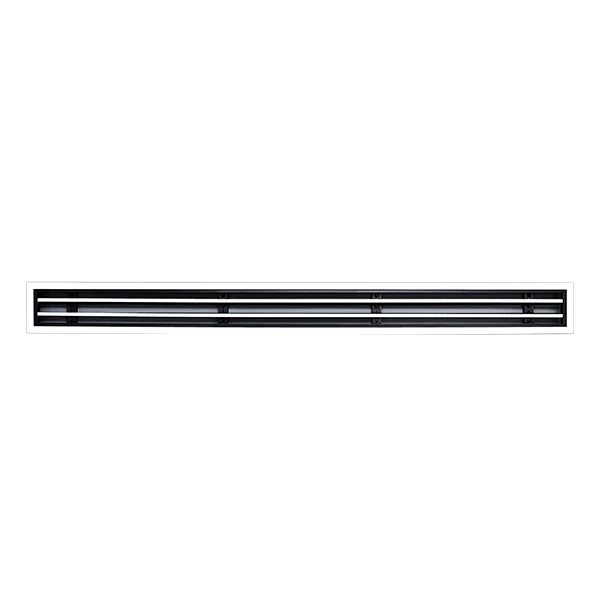Circuit breakers are essential components of any electrical system, acting as safety devices that prevent overloads and short circuits. However, when a circuit breaker keeps tripping, it can be both frustrating and concerning. Understanding how to test a circuit breaker that keeps tripping is crucial for maintaining the safety and efficiency of your electrical system. This article will delve into the reasons behind tripping breakers, the testing process, and potential solutions to restore normal operation.
Understanding Circuit Breaker Tripping
Before diving into testing methods, it’s important to understand why circuit breakers trip. The primary reasons include:
- Overload: This occurs when the electrical demand exceeds the breaker's rated capacity. Common causes include too many devices plugged into a single circuit or malfunctioning appliances drawing excessive current.
- Short Circuit: A short circuit happens when a hot wire touches a neutral wire or ground, creating a low-resistance path that allows excessive current to flow. This can be caused by damaged wiring or faulty appliances.
- Ground Fault: Similar to a short circuit, a ground fault occurs when a hot wire touches the ground or a grounded part of the system. This is particularly dangerous and can lead to electrical shock.
- Aging or Faulty Breaker: Over time, circuit breakers can wear out or become faulty, leading to nuisance tripping even under normal load conditions.
Step-by-Step Guide to Testing a Circuit Breaker
Step 1: Safety First
Before you begin any testing, ensure your safety by following these precautions:
- Turn Off All Appliances: Disconnect all devices connected to the circuit in question to prevent further overloads during testing.
- Wear Protective Gear: Use insulated gloves and safety goggles to protect yourself from electrical hazards.
- Use a Multimeter: A digital multimeter (DMM) is essential for testing voltage and continuity.
Step 2: Inspect the Breaker
- Visual Inspection: Check for any visible signs of damage, such as burn marks, cracks, or corrosion on the circuit breaker. If you notice any of these, it may need replacement.
- Reset the Breaker: Flip the breaker switch to the “off” position and then back to “on.” If it trips immediately, this indicates a persistent issue.
Step 3: Test for Overload
- Measure the Load: Use a clamp meter to measure the current flowing through the circuit. Compare this reading to the breaker's rated capacity (usually printed on the breaker itself). If the load exceeds the rating, you may need to redistribute the load across multiple circuits.
- Check for Faulty Appliances: Unplug all devices connected to the circuit and reset the breaker. Gradually plug in each appliance one at a time, monitoring the breaker. If it trips when a specific appliance is connected, that appliance may be faulty.
Step 4: Test for Short Circuits and Ground Faults
- Continuity Test: With the breaker turned off, use your multimeter to check for continuity between the hot and neutral wires. A reading of zero ohms indicates a short circuit.
- Ground Fault Testing: If you suspect a ground fault, check for continuity between the hot wire and the ground. Again, a reading of zero ohms indicates a problem.
Step 5: Evaluate the Breaker
If the circuit appears to be functioning correctly but the breaker continues to trip, it may be time to evaluate the breaker itself:
- Test the Breaker: If you have access to a circuit breaker tester, use it to assess the functionality of the breaker. A faulty breaker will not reset properly or may trip without any load.
- Replace if Necessary: If testing confirms that the breaker is faulty, replace it with one of the same rating and type. Ensure that the power is turned off before attempting any replacement.
Conclusion: When to Seek Professional Help
While many homeowners can troubleshoot and test circuit breakers, some situations require professional intervention. If you are uncomfortable performing any of the above tests, or if the problem persists after testing, it’s advisable to consult a licensed electrician. They can provide a thorough inspection and ensure that your electrical system is safe and compliant with local codes.


More Stories
Cat7a S/FTP Network Cable in High-Density Data Transmission Environments
UHF RFID Readers for Asset Management
Does a 4G Industrial Grade LTE WiFi Router with SIM Slot Work as a Reliable Wireless WAN Gateway?